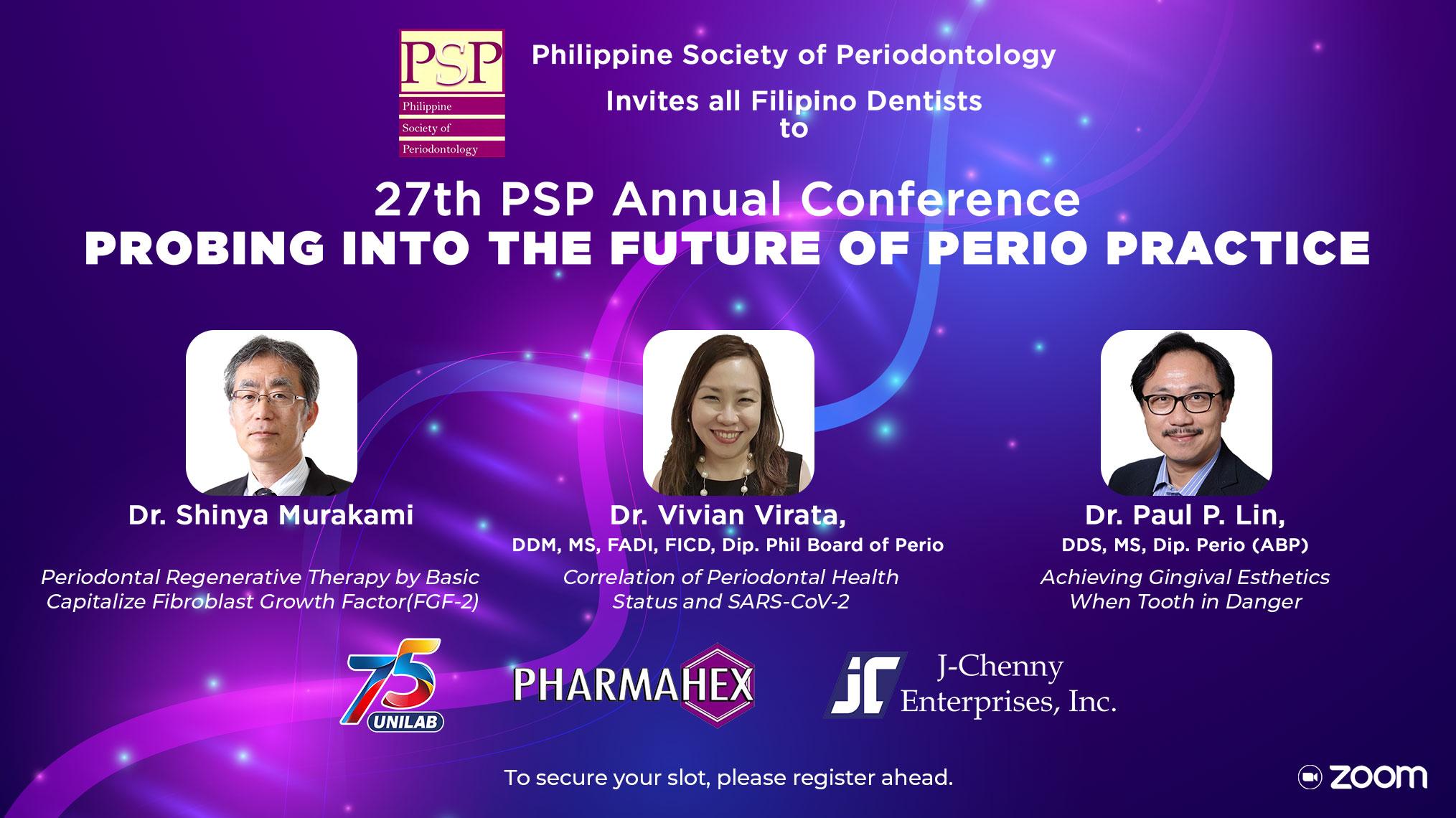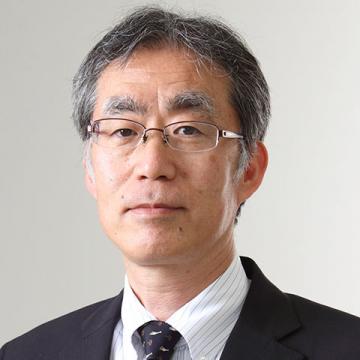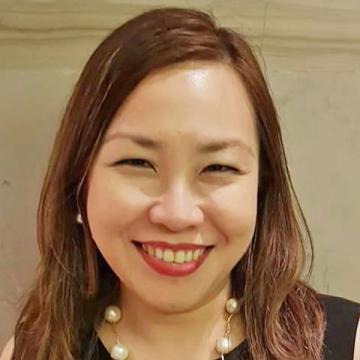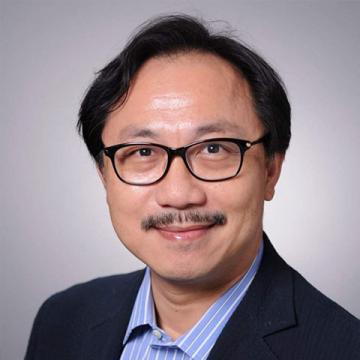Education
- Ph.D. Osaka University Graduate School of Dentistry, Japan, 1988
- D.D.S. Osaka University Faculty of Dentistry, Japan, 1984
Research Appointments
- Director, Osaka University Dental Hospital, 2016-Present
- Professor and Chair, Department of Periodontology, Osaka University Graduate School of Dentistry, 2002-Present
- Associate Professor, Department of Periodontology Osaka University Graduate School of Dentistry, 2000
- Assistant Professor, Department of Periodontology and Endodontology, Osaka University Dental Hospital, 1992
- Instructor, Department of Periodontology and Endodontology, Osaka University Faculty of Dentistry, 1990
- Visiting Fellow, National Cancer Institute, National Institutes of Health, USA, 1988
Awards and Honors
- AAP Honorary Membership Award, 2019
- IADR/PRG: Award in Regenerative Periodontal Medicine, 2018
- IADR: Distinguished Scientist Award for Basic Research in Periodontal Disease, 2013
- IADR/AADR: William J. Gies Award, 2012
- AAP: R. Earl Robinson Periodontal Regeneration Award, 2009
- IADR/PRG: Anthony Rizzo Periodontal Research Award, 1998
Memberships and Affiliations
- President, Japanese Society of Periodontology, 2019-2020
- Director, Japanese Society of Conservative Dentistry
- Past President, Periodontal Research Group of the IADR, 2012-2013
- Past President, Japanese Division of the IADR (JADR), 2011-2012
- General Secretary, Asian Pacific Society of Periodontology
Experience as a Member of Editorial Boards
- J. Periodont. Res.: Editor-in-Chief
- J. Periodontol.: a member of editorial advisory board
- J. Clin. Periodontol.: a member of editorial board



